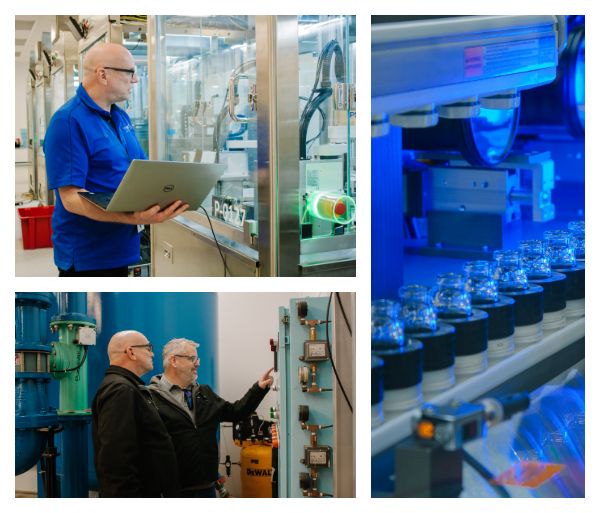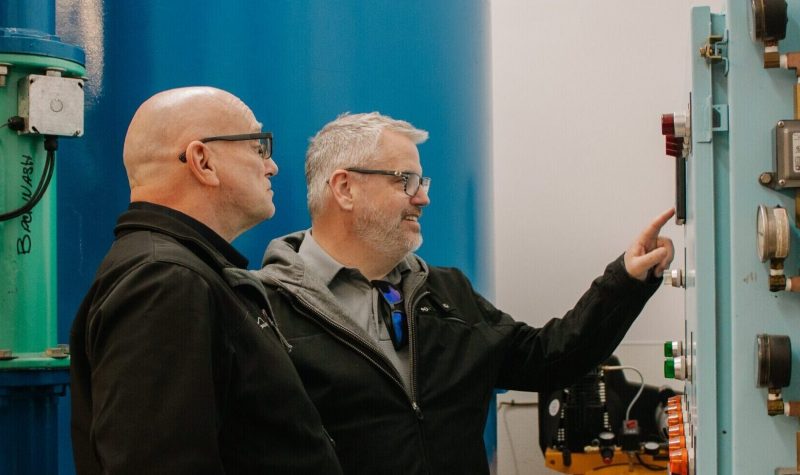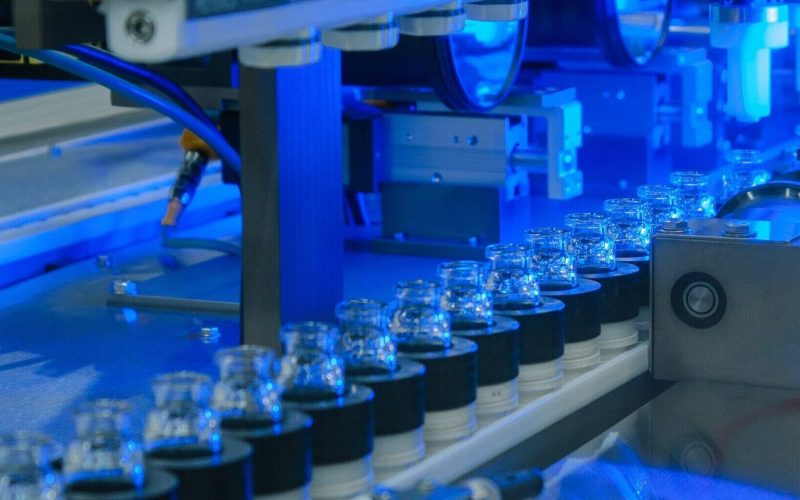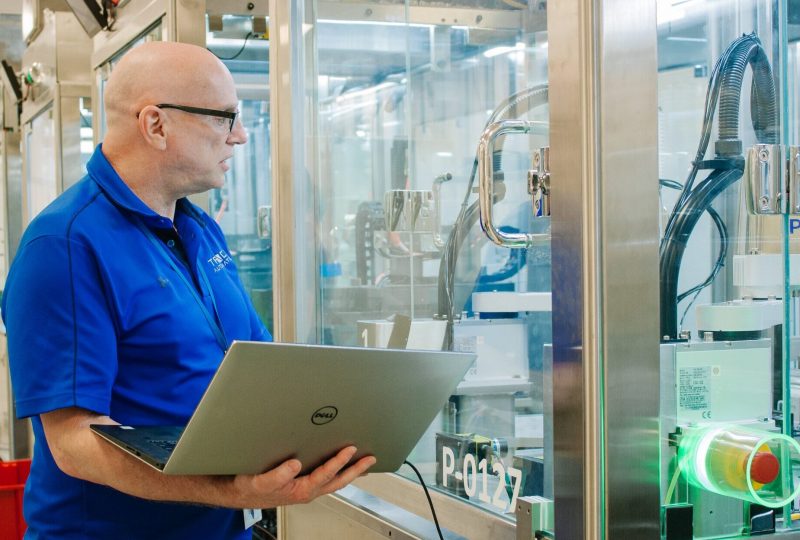Start-Up

Start-Up With Us
In the start-up phase of a project, we test run the newly automated control system and iron out any issues before production begins. First, our Field Technicians and Automation Engineers confirm that all mechanical processes and electrical flows are functioning properly. We then execute the automation program and test and verify every fault scenario. At each stage, the equipment undergoes analysis to ensure that the plant process operates as specified in your plan. When the plant is running and functioning smoothly as a system, we fine-tune the program by adjusting its settings to optimize your facility’s operation. Once the changes have been made, your system is ready for production.
Check Programs & Routines
We discuss your specifications and analyze your business needs. We then break your PLC project down into different programs and routines. Organizing the project in this way makes the code easier to document and troubleshoot. During code check, we compare every program and routine to your specifications to ensure that the needs are met.


Test Systems with Product
After a complete piece of equipment or process has been tested,
we test the equipment with your product. For instance, if a machine moves cans that are filled, sealed, and labeled along a conveyor, we introduce cans to the line and fill, seal, and label them. During testing, we adjust the equipment or code to ensure we are ready for the Site Acceptance Test (SAT). In this way, we verify that your system consistently produces high-quality products.
Perform Site Acceptance Tests
Factory Acceptance Test (FAT)—We perform the FAT at our facilities to demonstrate that the control system has been programmed to meet your User Requirements Specifications. The FAT gives us the opportunity to identify issues and to make modification suggestions prior to the system’s arrival at your site.
Site Acceptance Test (SAT)—The SAT serves as a double-check of the FAT. We perform the SAT at your facility after all commissioning activities are complete and before the equipment is released to production. For the SAT, we run the entire system for a predetermined amount of time to verify that it performs properly and
meets your requirements.

- Frequently Asked Questions
Start-Up FAQs
As the final step of a project before going into production, start-up is of utmost importance. The start-up phase is where we run the completely integrated system and are given a final chance to flesh out any program problems before going into production. Once the facility is running and functioning smoothly as a system, the program can be fine-tuned and optimized. Once these changes have been made, your system is ready for production.
Anyone who just automated their business, because every project needs to be started up! If your new system is a copy of an existing one that has been well vetted over the years, then you may not need start-up assistance. However, in most cases, clients benefit greatly from having systems integrators along for the start-up phase because they provide guidance, confirm proper system functioning, and troubleshoot issues.
We have a start-up plan that we execute for all projects. First, we look at the control system and the machine or process in sections and then test the sections individually. We test the safety circuits and programming, and we verify the safety actions taken for all safety devices (i.e., E-Stops, light curtains, safety door locks, etc.). Next, we test the function of the machine or process, again breaking up the tests into manageable sections. After each section is tested, we test the complete system for proper performance and quality assurance.
Ready to Automate Your Business?
Introduce yourself! Tell us about your facility and what problems you need us to solve.
Give us the controls—we’ll exceed your goals!